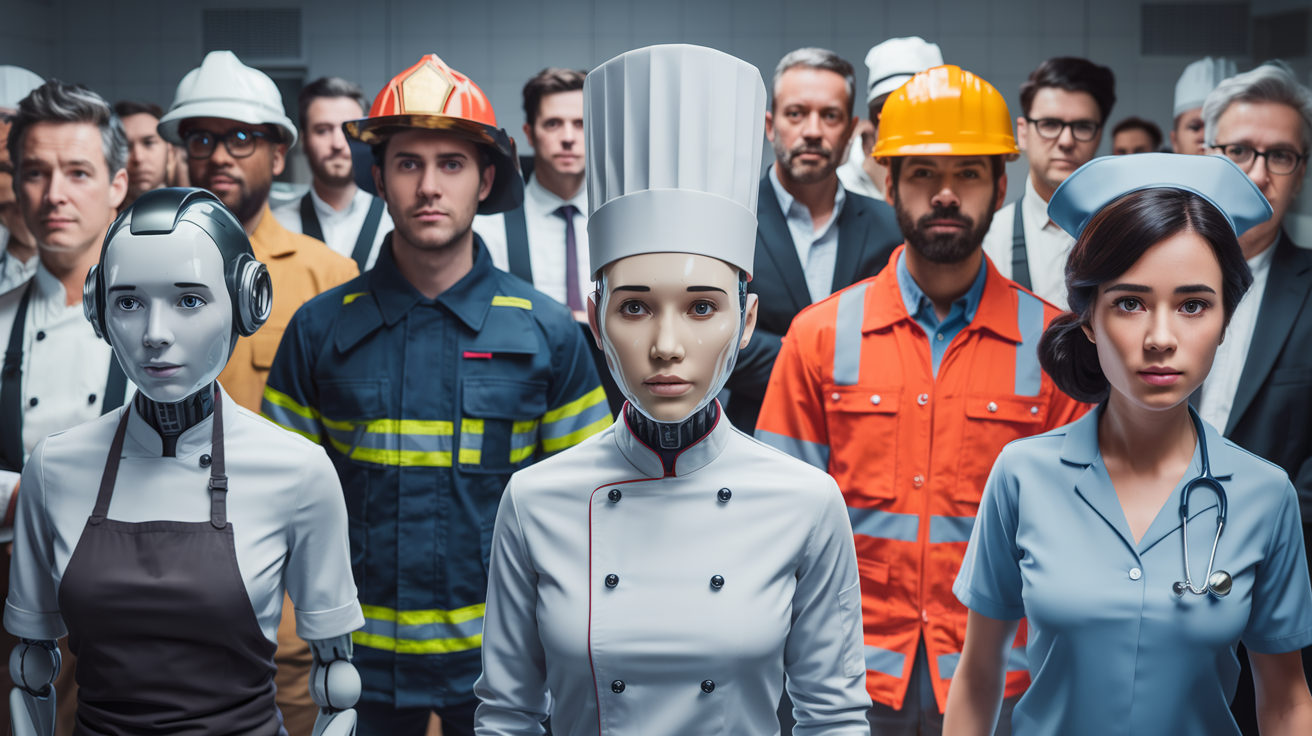Introduction: A New Era of AI Collaboration
OpenAI’s 12-day event continues to amaze, with Day 2 unveiling Collaborative AI, a transformative feature that fosters teamwork between multiple AI agents to achieve shared goals. This breakthrough is set to redefine how we think about AI cooperation in real-world scenarios, enabling applications that mirror human collaboration. Let’s explore the innovation and its implications.
Day 2 Release: Collaborative AI in Action

Collaborative AI allows multiple AI systems to work together, pooling their strengths and compensating for individual limitations. By leveraging specialized AI agents for tasks such as data analysis, creative ideation, and strategic planning, this innovation ensures that the whole is greater than the sum of its parts.
Real-World Example: Transforming Business Strategy
Consider a marketing team planning a new product launch:
- Creative Ideation: A generative AI brainstorms campaign slogans and visual elements.
- Data-Driven Insights: A predictive AI analyzes market trends and customer behavior.
- Strategic Execution: A planning AI optimizes the campaign timeline and resource allocation.
Together, these AI agents achieve a level of synergy that enhances decision-making and drives successful outcomes. This collaborative approach is also applicable to industries like healthcare, education, and engineering.
Key Features of the Day 2 Release
- Task-Specific Agents: AI models designed for specialized roles.
- Dynamic Coordination: AI agents communicate and adjust strategies in real-time.
- Scalability: Suitable for both small-scale and large-scale collaborative projects.
Real-Life Impact: Revolutionizing Healthcare Teams
In healthcare, Collaborative AI could:
- Streamline Diagnosis: An AI team comprising diagnostic, imaging, and patient history models collaborates to provide precise diagnoses.
- Optimize Treatment Plans: AI agents evaluate multiple treatment options and suggest the most effective approaches.
For example, during a complex surgery, Collaborative AI might:
- Analyze imaging data.
- Monitor patient vitals.
- Provide real-time recommendations to the surgical team.
This results in improved patient outcomes and greater efficiency in healthcare delivery.
Industry Insights: Collaboration Across Sectors
Education: Enhancing Learning Experiences
- Personalized Curricula: Collaborative AI adapts teaching methods to individual student needs.
- Interactive Learning: AI agents provide multimedia content, real-time assessments, and constructive feedback.
Engineering: Accelerating Innovation
- Design Optimization: AI agents collaborate on prototyping and stress testing.
- Workflow Efficiency: Multiple AI tools streamline complex engineering processes.
Recap of Day 1 of 12-Day event of OpenAi
On Day 1 of OpenAI’s 12-day event, the company unveiled a groundbreaking update introducing “Enhanced Conversational AI,” designed to make interactions with AI more dynamic, intuitive, and human-like. This update focuses on refining context retention, personalized responses, and seamless integration across platforms. A real-world application includes businesses using this AI for more engaging customer support, where the system remembers user preferences, resolves queries efficiently, and adapts tone based on context. This innovation not only enhances user experience but also demonstrates OpenAI’s commitment to bridging the gap between human and machine communication.
Day 2 in the Context of the 12-Day Event
Day 2 builds upon the momentum of the 12-day event, highlighting OpenAI’s commitment to pushing boundaries. Collaborative AI not only enhances individual applications but also demonstrates the power of teamwork in AI systems.
What’s Next?
As the event progresses, OpenAI has teased:
- More intuitive and human-like AI interactions.
- Advanced tools for creative professionals.
- Solutions addressing ethical challenges in AI deployment.
Stay tuned for groundbreaking developments in the days ahead.
Conclusion: Redefining Teamwork with AI
OpenAI’s Collaborative AI, unveiled on Day 2, marks a significant step toward making AI more versatile and impactful. By mimicking human teamwork, it empowers industries and individuals to achieve unprecedented levels of efficiency a














